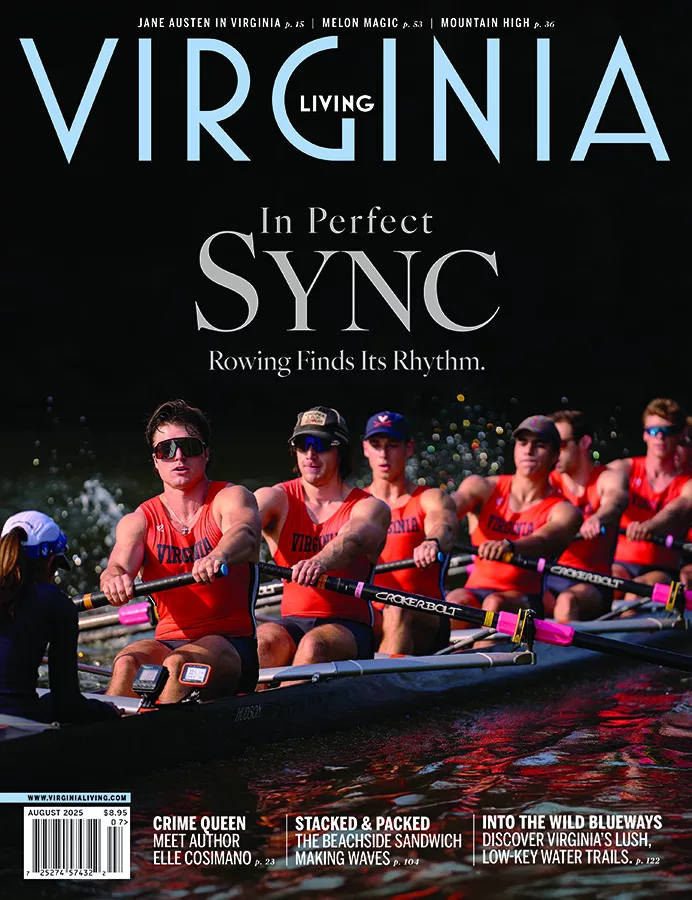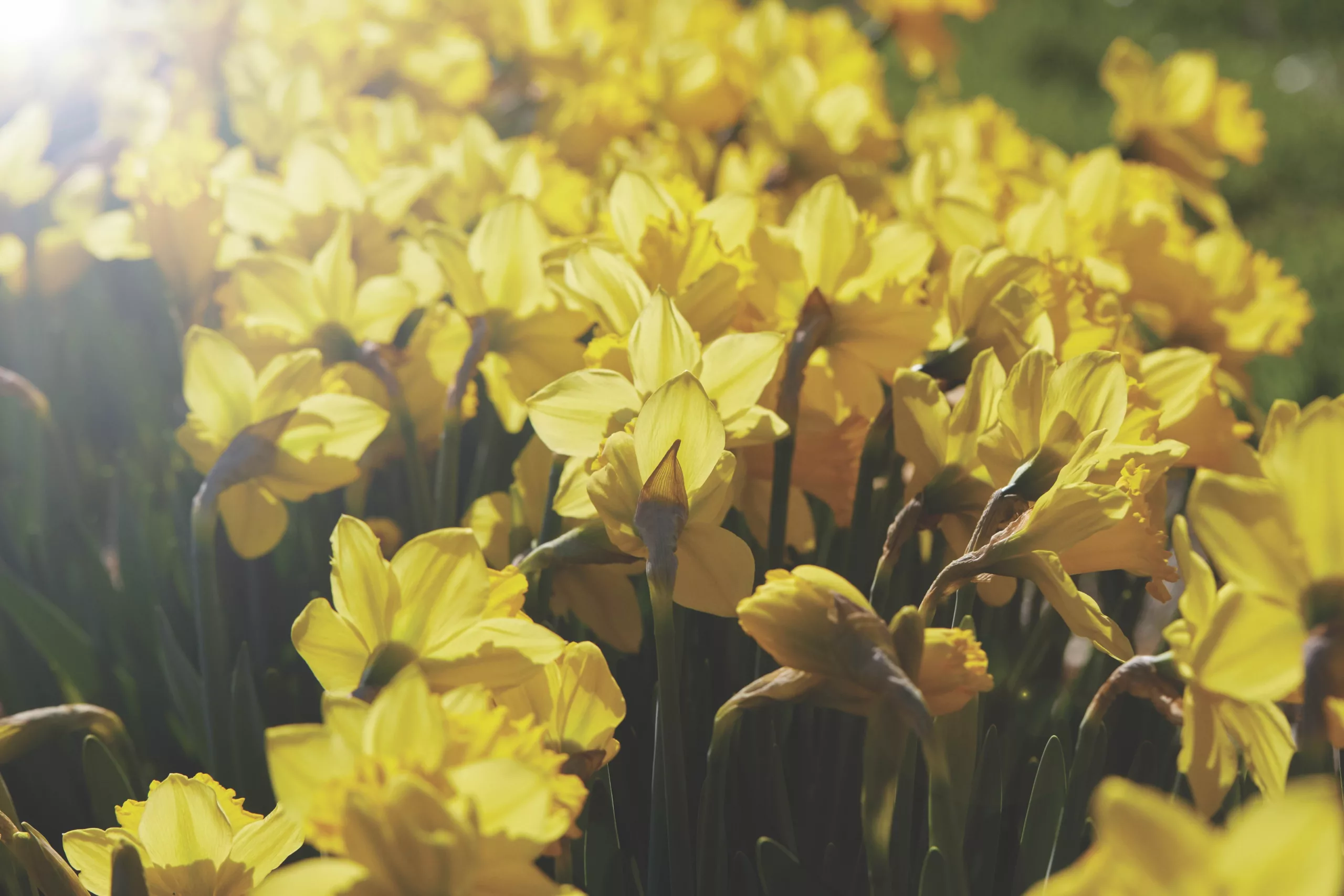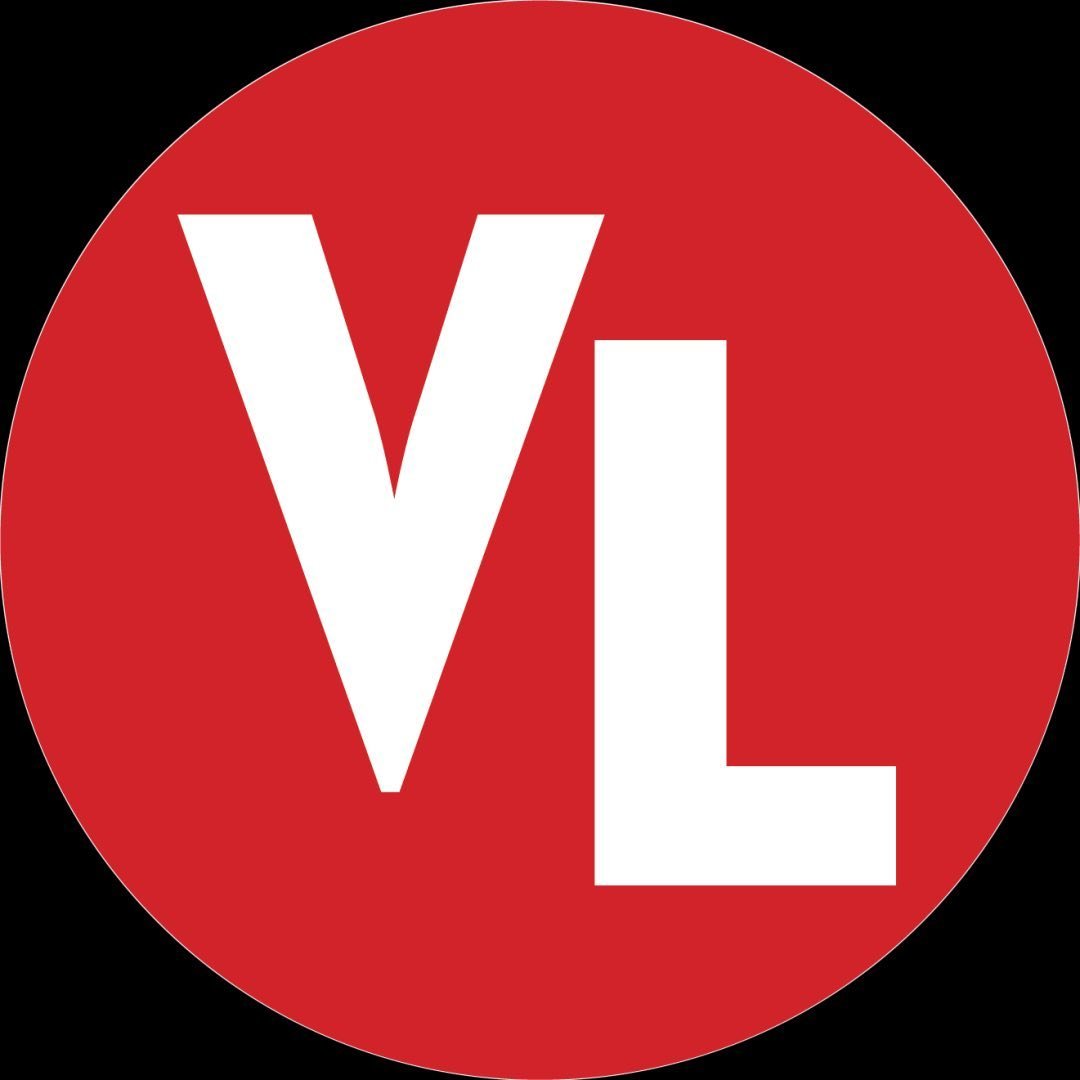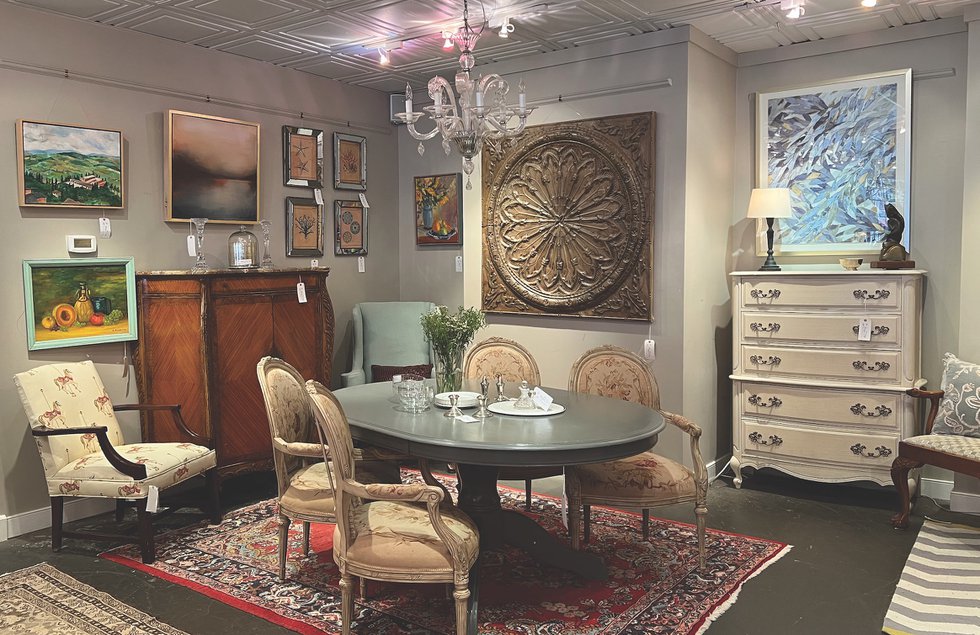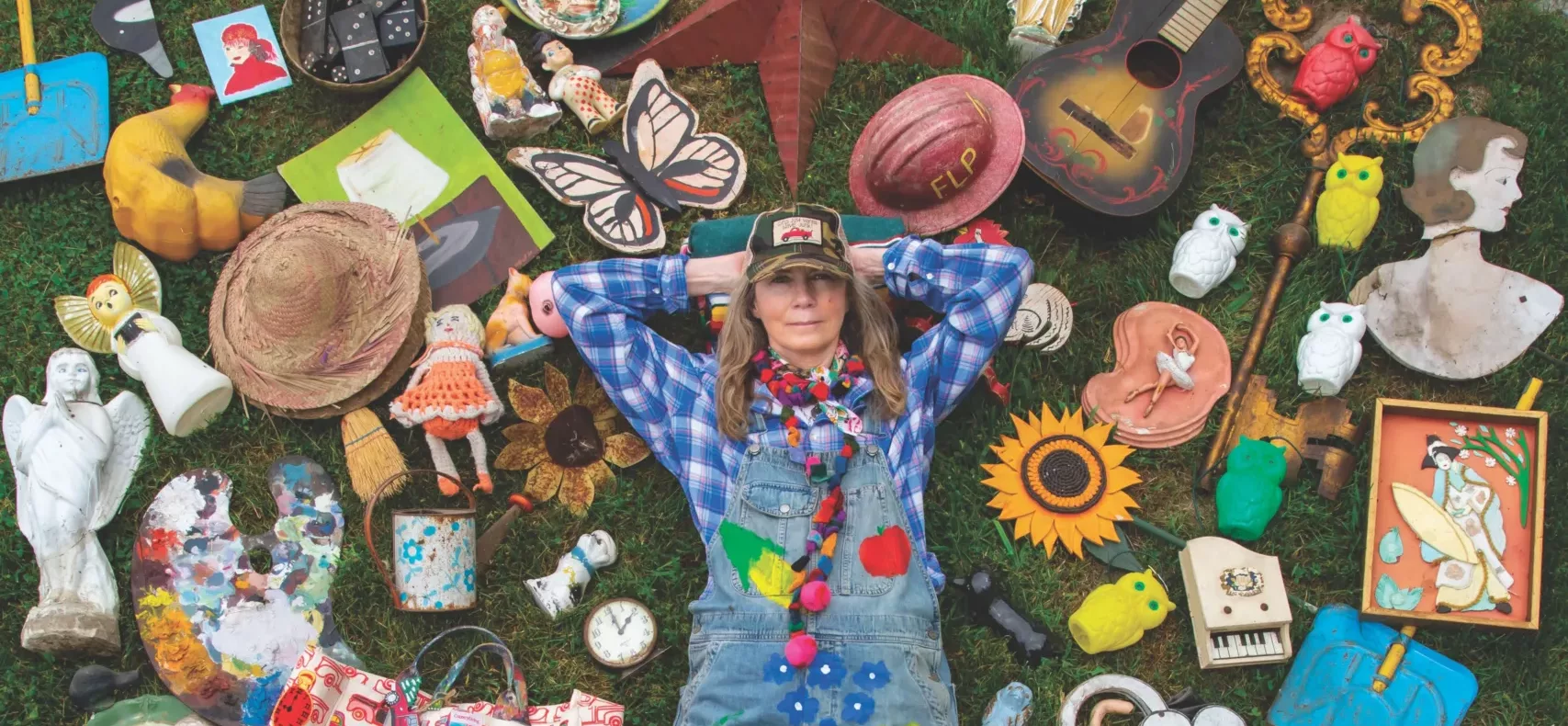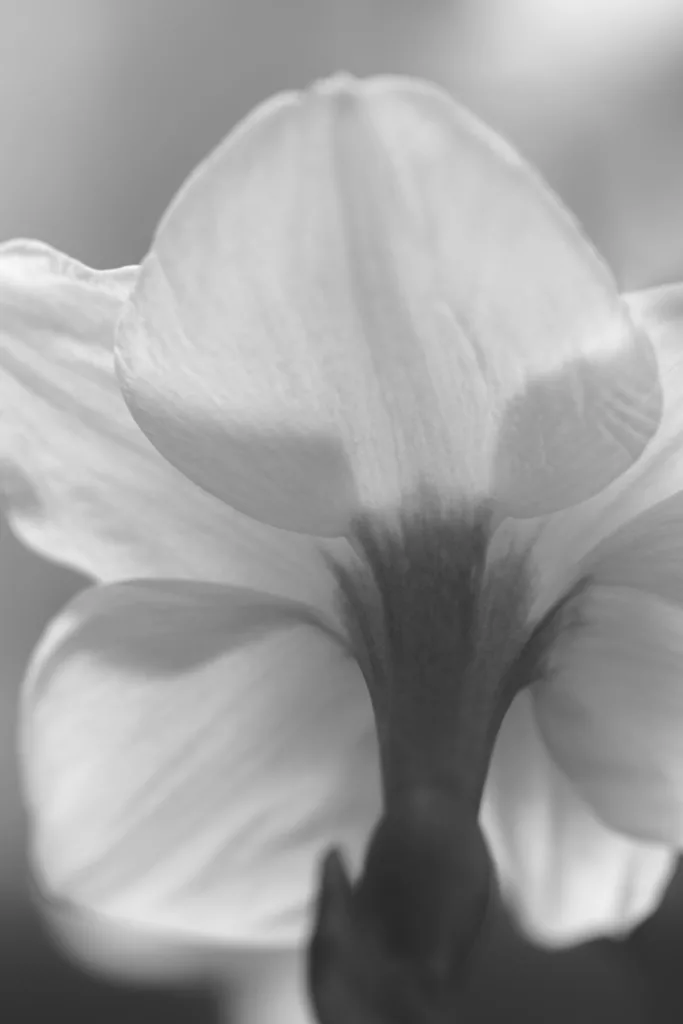
“With each daffodil, nature writes a love letter to the world, promising the beauty of fresh starts.”
– Emily Dickinson
Virginia’s love affair with daffodils isn’t just about pretty flowers—it’s a tale of survival, innovation, and pure American grit. While the state may be known as the “Mother of Presidents” and home to blue crabs, peanuts, and mountain trout, it’s the humble daffodil that helped save entire communities and shaped Virginia’s destiny as a horticultural mecca.
Legend tells of early Colonists in the 1600s, so determined to bring a piece of their European homes to the New World that they sewed daffodil bulbs into their clothes before boarding ships to Virginia. If that legend is true, those very pilgrims may have planted the seeds of economic prosperity.
Even Thomas Jefferson couldn’t resist the daffodil’s charm. At Monticello, he meticulously documented his collection’s blooming patterns from March through May. Peggy Cornett, curator of plants at the mountaintop estate, believes the Sage of Monticello may have grown Narcissus pseudonarcissus—the granddaddy of all trumpet daffodils—which dates to around 1200. It’s commonly known as Lent lily because it typically flowers around Ash Wednesday. And it’s the same variety that likely inspired Wordsworth’s “I Wandered Lonely As a Cloud” in which the poet describes encountering “a host of golden daffodils.”
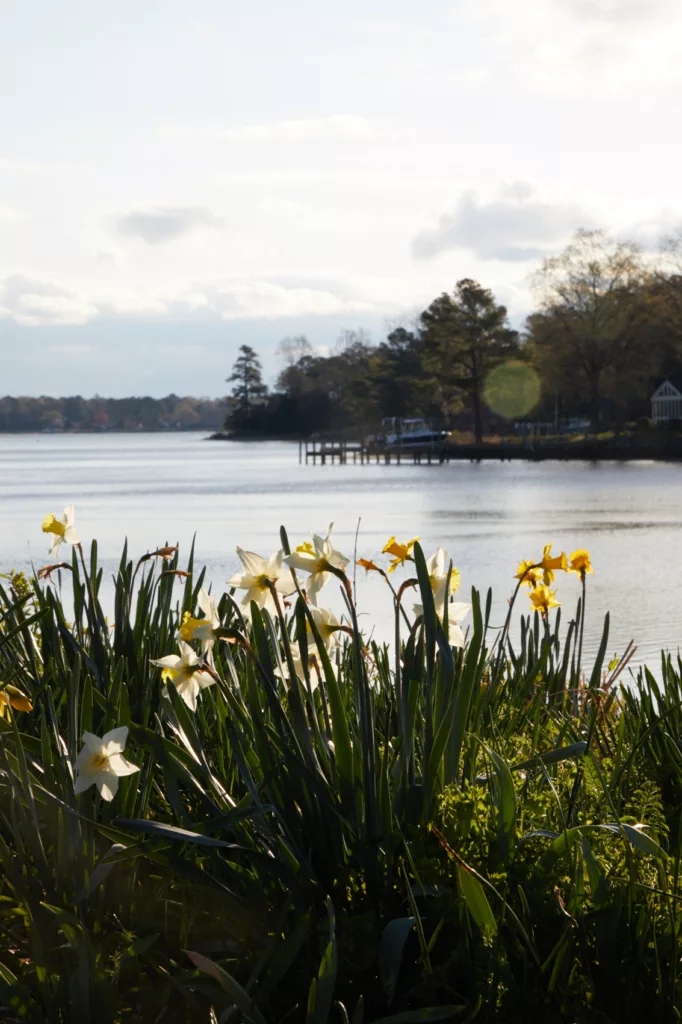
Daffodil Fever Catches On
Fast forward to 1890, when Eleanor Linthicum Smith gazed across her property at “Toddsbury,” on the North River in Gloucester, and saw something more than just flowers. She spotted dollar signs waving in the fields. The sandy loam of Gloucester and neighboring Mathews County had proved perfect for daffodils, which were running wild through fields and churchyards, descendants of those sentimental Colonists. Smith turned this golden carpet into cash by launching a cut flower business.
Her method was brilliantly simple: local kids earned ten cents per hundred flowers picked, which were bundled and shipped by steamboat to Baltimore. There, her son sold them to newsboys at Union Station. The idea caught fire, and soon farmers were shipping up to 75,000 boxes of cut flowers annually to northern cities.
But it was Charles Heath who truly revolutionized Virginia’s daffodil industry. This New Yorker came to Gloucester chasing the perfect cantaloupe and ended up buying “Auburn,” a waterfront estate off the Mobjack Bay, where he grew daffodils. When the U.S. government banned Dutch bulb imports in 1926 because of a parasitic invasion, Heath seized his moment. He partnered with a major Dutch supplier, M. Van Waveren and Sons, leasing them 300 acres on his North River property to grow their bulbs.
Heath’s son George took the business, dubbed The Daffodil Mart, to new heights. He learned from the Dutch masters, bred new varieties, and turned daffodils into America’s sweetheart flower. The company eventually offered a staggering 1,500 varieties—the largest selection in the U.S.
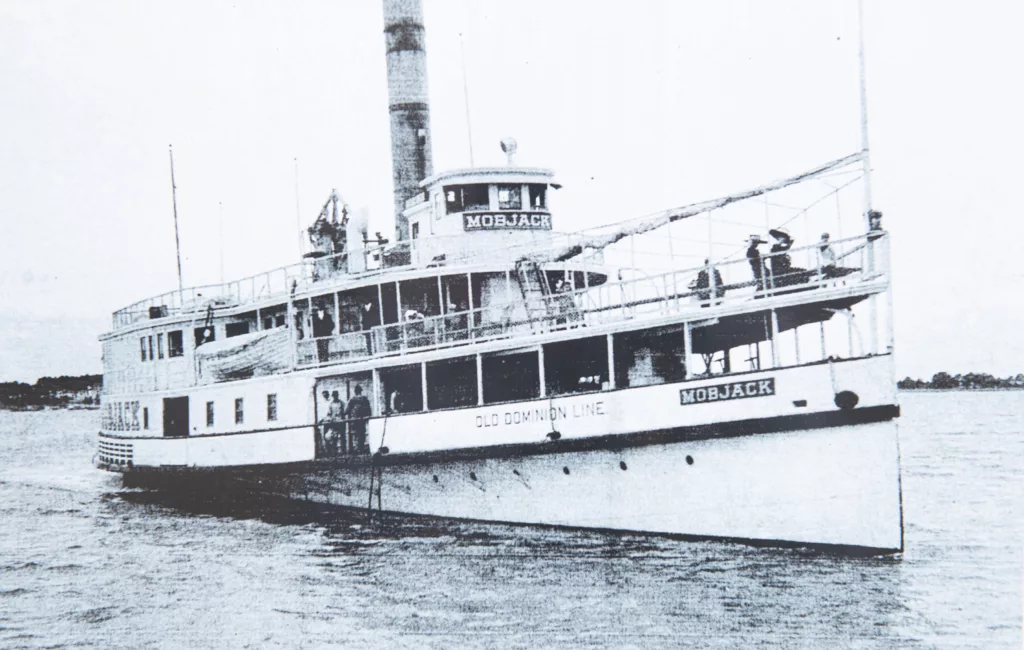
Capital in the Country
The region’s transformation into “The Daffodil Capital of America” wasn’t just about commerce—it sparked a horticultural revolution with interest spreading all over the region. It prompted daffodil societies to organize, like the Maryland Daffodil Society, which held its first Narcissus show in April 1924.
Soon, the Garden Club of Virginia got wind of daffodil fever and held its first Narcissus show in 1931. Eleanor Truax Harris, of Stoke in Aldie and active in both the Garden Club of Virginia and The Garden Club of America, became a key player, providing land for test gardens and founding the Aldie Horticultural Society in Middleburg.
This fervent groundswell led to the founding of the American Daffodil Society in 1954. Today, the ADS has over 1,000 members in 47 states and countries all over the world—from the U.K. to Sweden, Latvia, Italy, and South Korea. A powerhouse of information, it promotes a wider interest in daffodils; encourages research and education on daffodil culture, breeding, diseases, pests, exhibiting, and testing; and sponsors judging schools, shows, and exhibitions of daffodils.
Harris’ work had an unexpected social impact, too. During the Great Depression, when many Virginia families were struggling to put food on the table, the daffodil industry became their lifeline, with some families being kept afloat by the “Aldie Bulb Growers,” who picked and shipped flowers to northern cities.
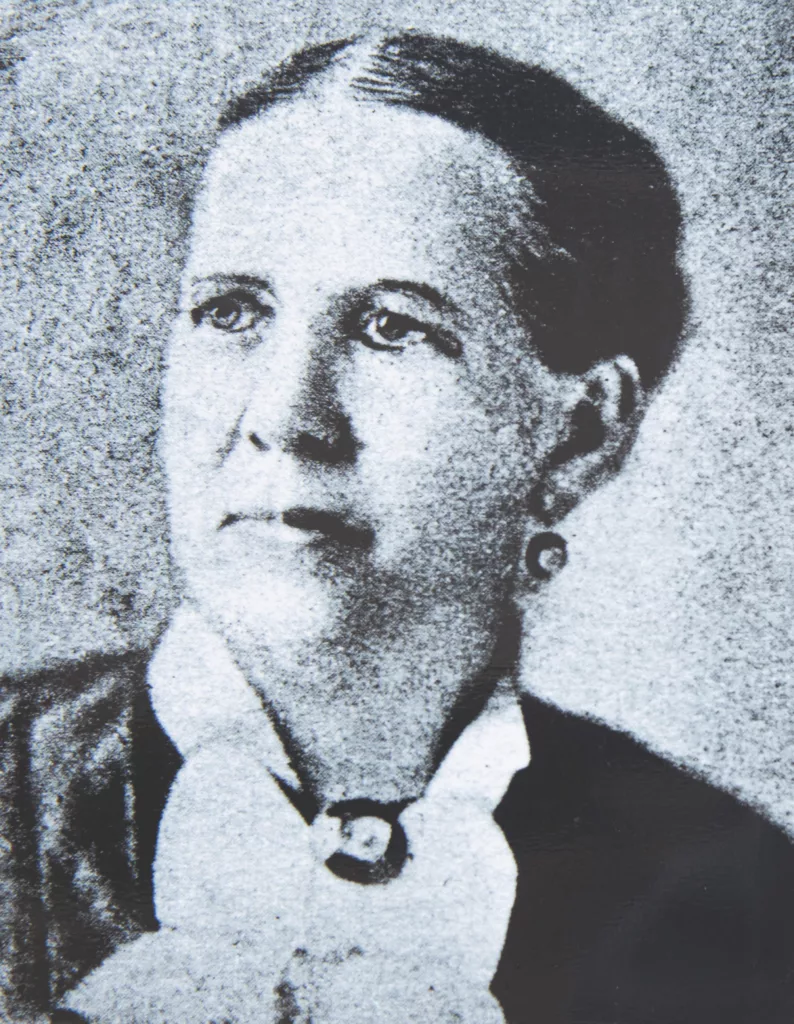
Around 1890, Eleanor Linthicum Smith of “Toddsbury” on the North River in Gloucester first saw the commercial potential of daffodils.

Hail to the Heaths
Today, the Heath family legacy continues through Brent and Becky’s, now in its fourth generation. Stop by their impressive operation in Ware Neck, and stroll their inspiring 8-acre Chesapeake Bay Friendly Garden, which highlights plants that thrive in the region, shop in their Bulb Shoppe for plants and everything garden related, and catch Brent for some one-on-one plant advice, which he happily dispenses. Make sure to drive the county roads, where you’ll still see descendants of those original Colonial daffodils painting the landscape gold.
These weren’t just pretty flowers—they were economic saviors, social revolutionaries, and symbols of American resilience. Disease-resistant, deer-proof, and determined to multiply, daffodils mirror the spirit of Virginia itself: tough, beautiful, and impossible to subdue. From Colonial gardens to Depression-era lifelines to modern-day tourist attractions, Virginia’s golden flowers have proved that sometimes the most powerful changes start with something simple—perhaps even as a bulb sewn into a pilgrim’s coat.
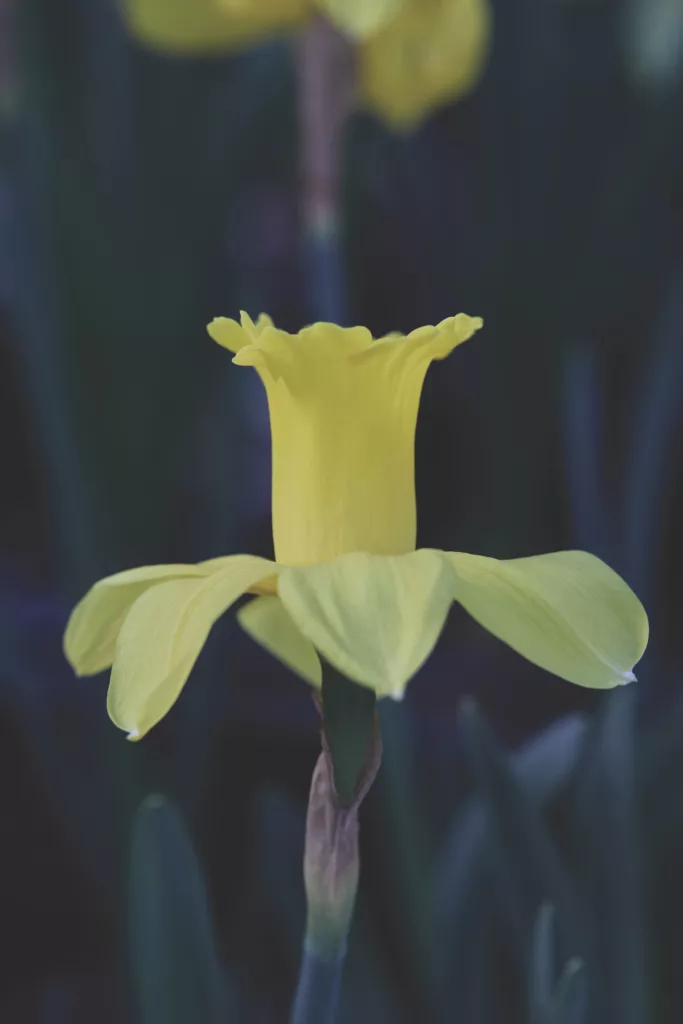
Narcissus pseudonarcissus, also known as the wild daffodil or Lent lily, was the first narcissus species to be called a “daffodil.” Considered the ancestral species of modern trumpet daffodil varieties, it has been cultivated in English gardens since medieval times.
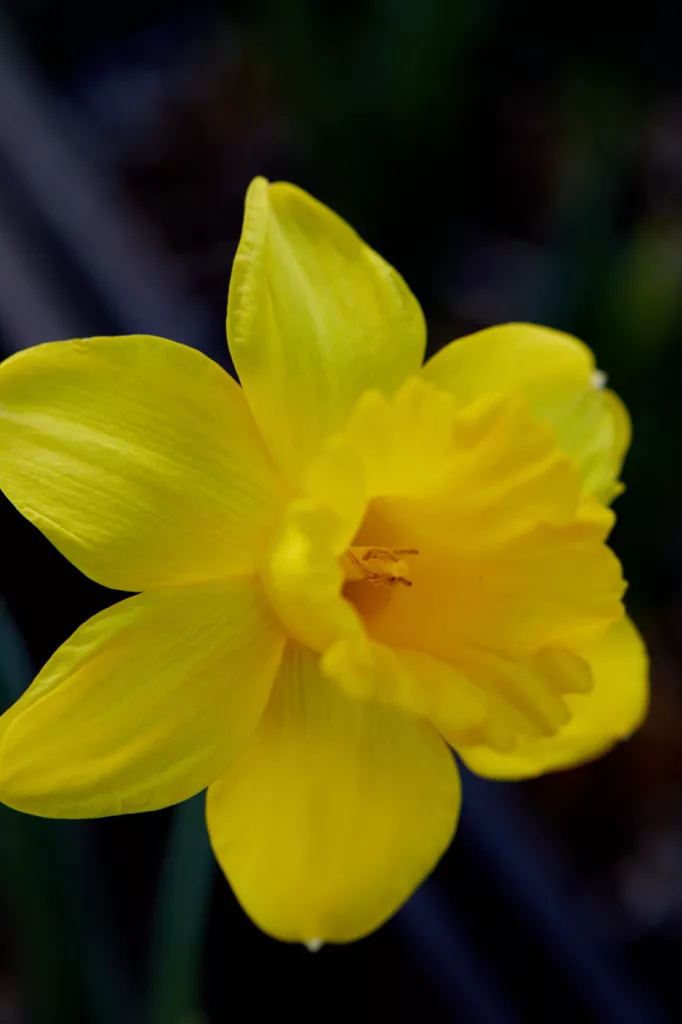
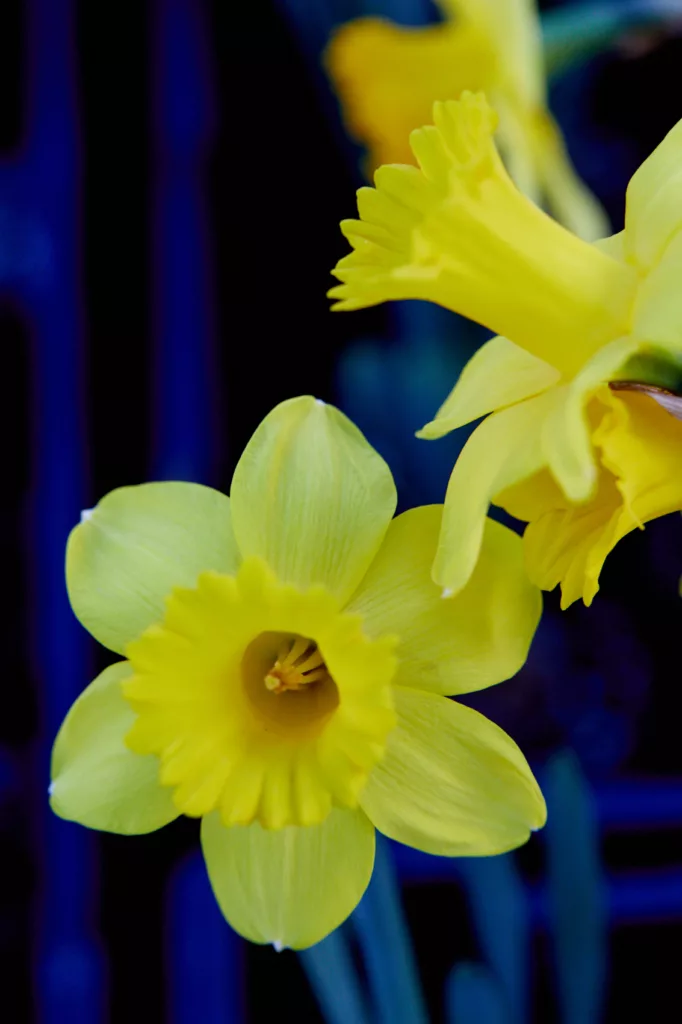
Blooming History
Interested in adding history to your garden? Check out these sources for historic daffodils:
Brent and Becky’s Bulbs:
Founded by Charles Heath in the early 1900s as The Daffodil Mart, it’s now known as Brent & Becky’s Bulbs. In the heart of Gloucester County, it’s one of the oldest and most venerated bulb companies in the country and a pride of Virginia. BrentAndBeckysBulbs.com
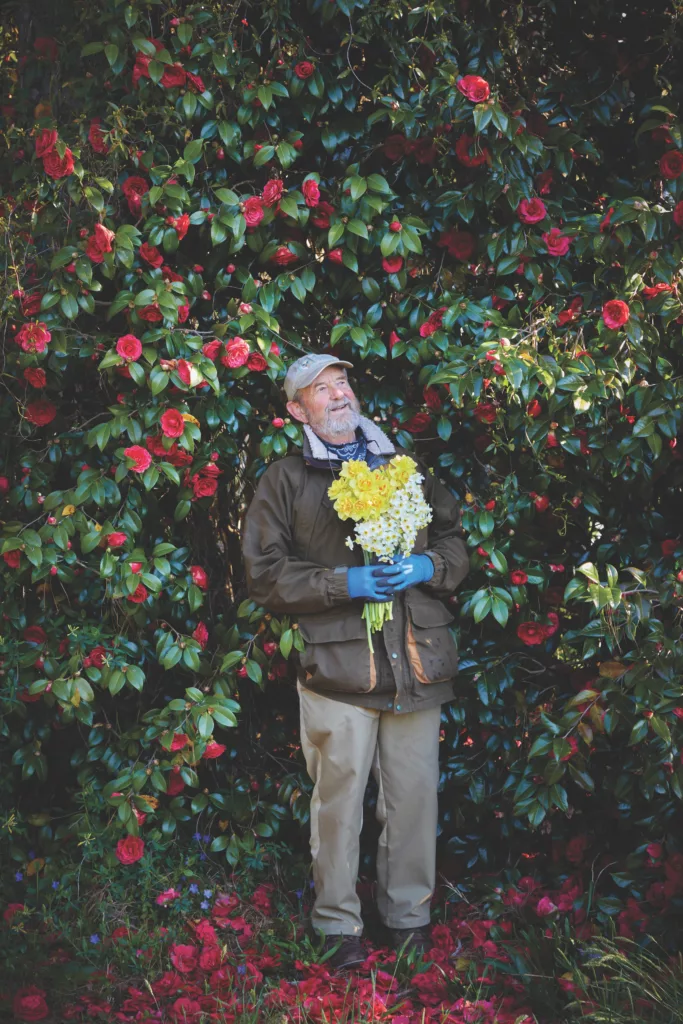
Brent Heath with a posy of freshly picked daffodils, including ‘Tahiti’ and ‘Sir Winston Churchill.’ Brent and Becky’s Bulbs are headquartered In Gloucester among fields of daffodils on Daffodil Lane.
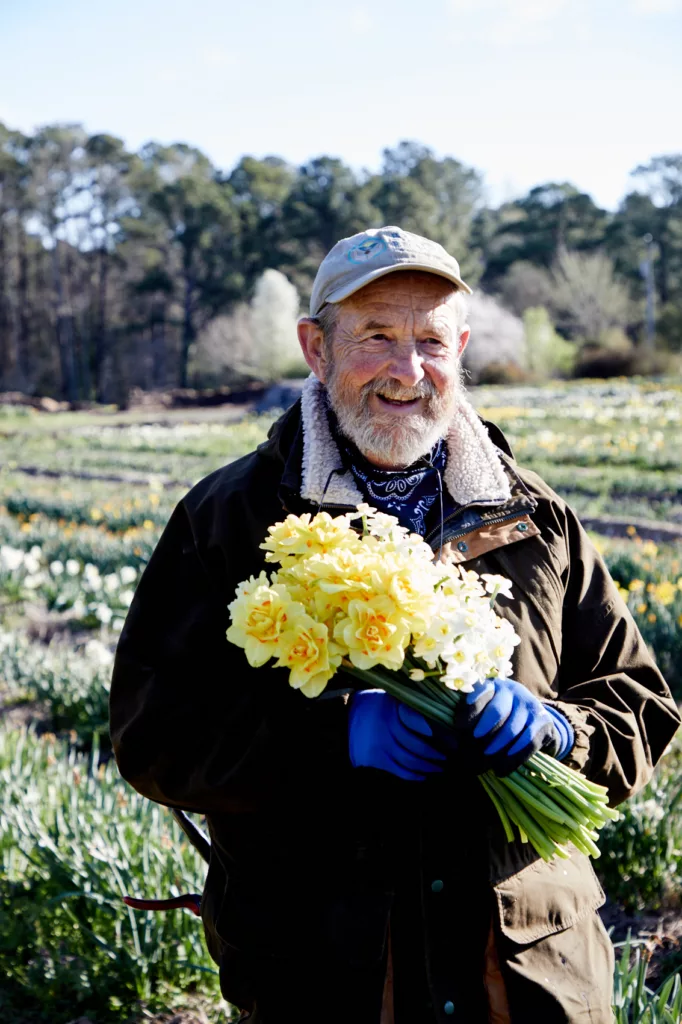
Old House Gardens Heirloom Bulbs:
Headquartered in Ann Arbor, Michigan, and reputed to be the country’s expert source for heirloom flower bulbs, their selections include daffodils and other spring blooming bulbs, as well as summer and fall bloomers. OldHouseGardens.com
Southern Bulb Company:
With a focus on heirloom bulbs that thrive in Southern states, this company’s roots were established in Golden, Texas, in 2003. SouthernBulbs.com
Qdaffs:
This Connecticut farm carries an extensive list of daffodils and showcases cultivars by renowned breeders, including Brent and Becky Heath, the Van Der Veeks, Clive Postles, and more. In addition, you can choose by bloom time or division. Qdaffs.us
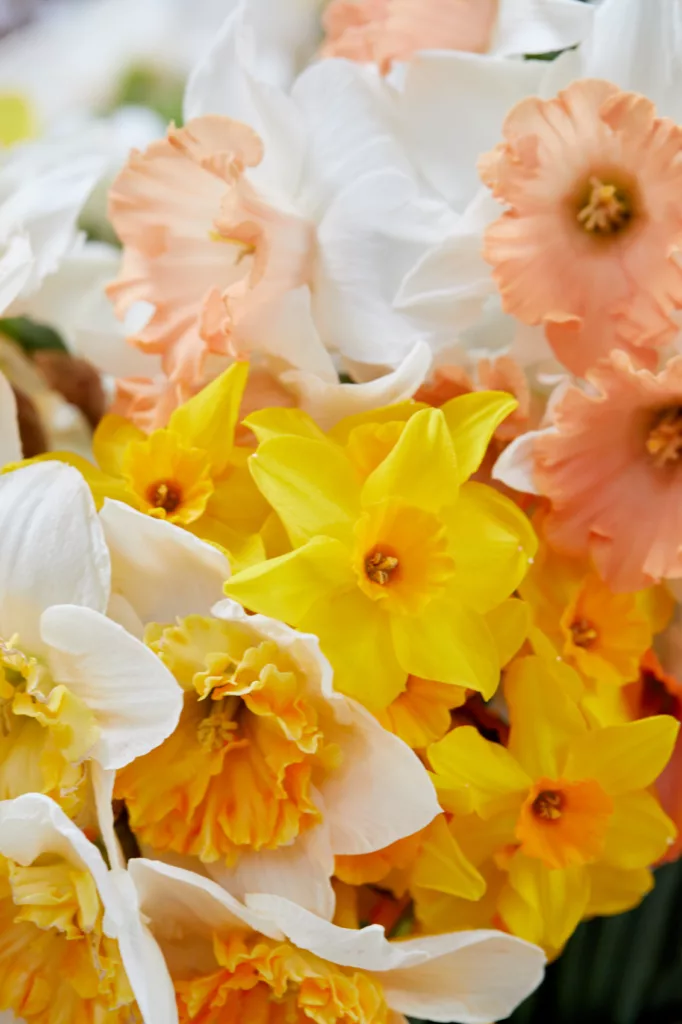
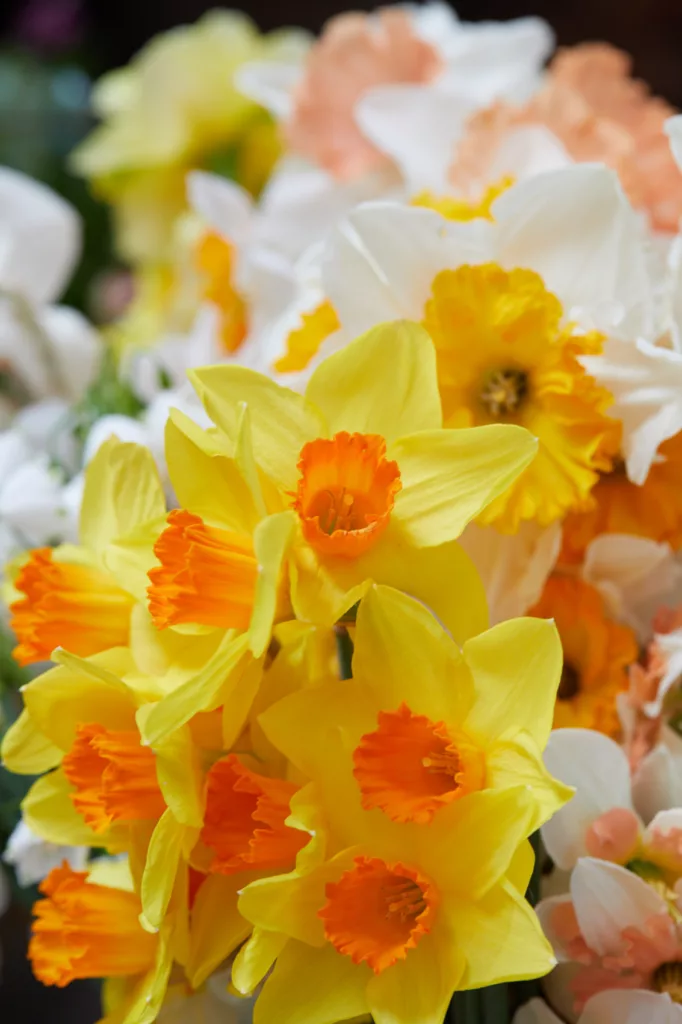
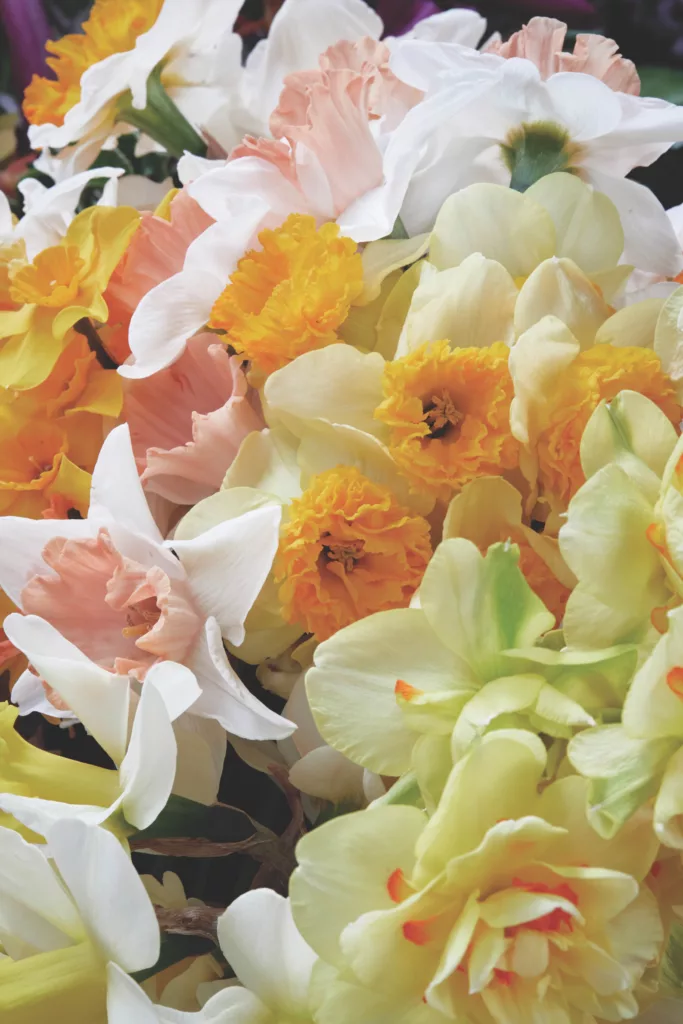
There are 36 species of daffodils and 13 classifications, but only about 10 percent of the 32,000 registered cultivars are commercially available. Colors, bloom size, fragrance, height, cup features, and bloom times vary among them. This bunch includes ‘Tahiti’ and ‘Accent.’
Daffodils to See: Click here to check out daffodil-centric events around the state this spring.
This article originally appeared in the April 2025 issue.
